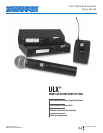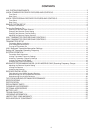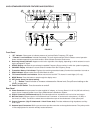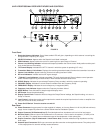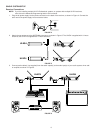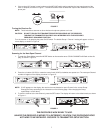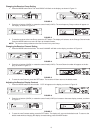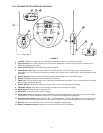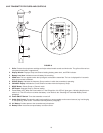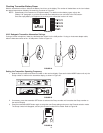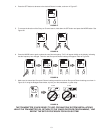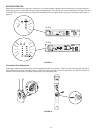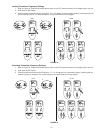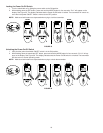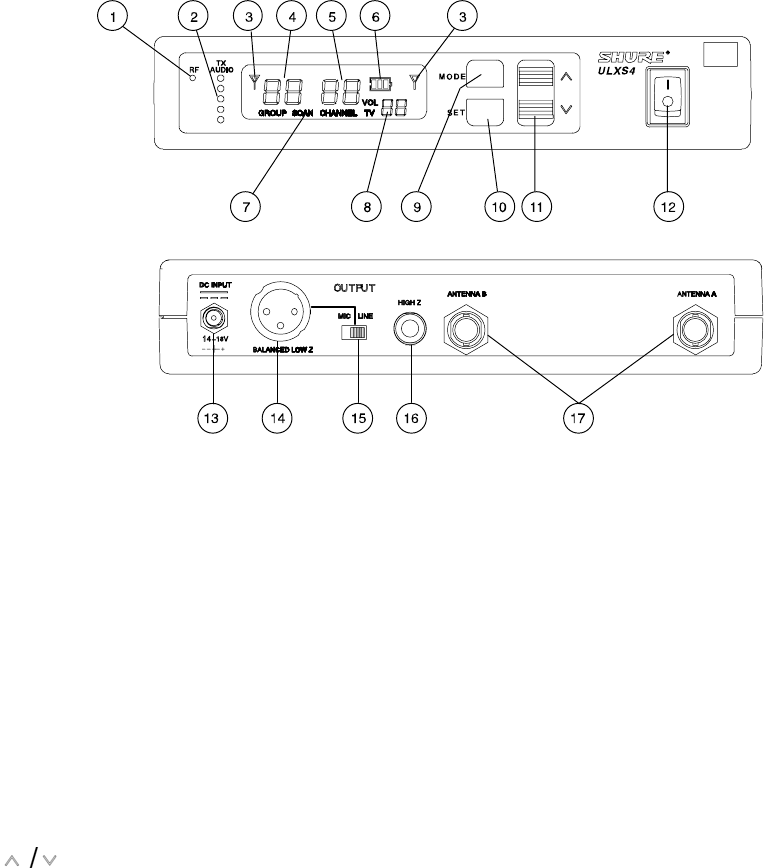
4
ULXS4 STANDARD RECEIVER FEATURES AND CONTROLS
FIGURE 2
Front Panel
1. “RF” Indicator. Glows green to indicate presence of received Radio Frequency (RF) signal.
2. “TX Audio” Level Indicators. Indicate transmitted (TX) audio signal strength. Green indicates normal operation.
Amber indicates approaching overload condition. Red indicates excessive audio levels.
3. Receiving Antenna Indicator. Appears on the left or right side of the display, depending on which antenna is receiv-
ing the strongest RF signal.
4. GROUP Display. Indicates the pre-selected compatible Frequency Group number in which the system is operating.
5. CHANNEL Display. Indicates the current Channel number within the Frequency Group.
6. Transmitter Battery Life Indicator. Displays the remaining transmitter battery life when the transmitter is turned on.
7. SCAN Indicator. Appears when Scan Channel Mode is active.
8. TV Channel/Volume Level Indicator. Shows volume level and UHF TV channel in small digits (U.S. only).
9. MODE Button. Press this button to step through the display menu.
10. SET Button. Saves the altered setting.
11. Button. Press this button to increase or decrease the Volume level, Group/Channel settings or the
display contrast level.
12.
Power On/Off Switch. Turns the receiver on and off.
Rear Panel
Power Connector. Accepts power from the supplied AC adapter, or from any ltered 14–18 Vdc (550 mA minimum)
supply. It also accepts dc power from a Shure UA844 Antenna Distribution System.
Output Connector (XLR balanced Low Z). Provides balanced low–impedance mic level or line level output.
Mic/Line Switch. Selects output of XLR balanced Low Z connector. It can be set for microphone (–27 dBV) or
line–level (+4.3 dBV). The Mic/Line switch does not affect the output of the unbalanced 1/4 inch phone jack.
Output Connector (High Z Unbalanced 1/4 inch Phone Jack). Provides unbalanced high impedance auxiliary
level output.
Antenna Input Connectors. BNC–type connectors provide connection to the supplied antennas. They also provide
12 Vdc output power for use with remotely located antennas.
13.
14.
15.
16.
17.



